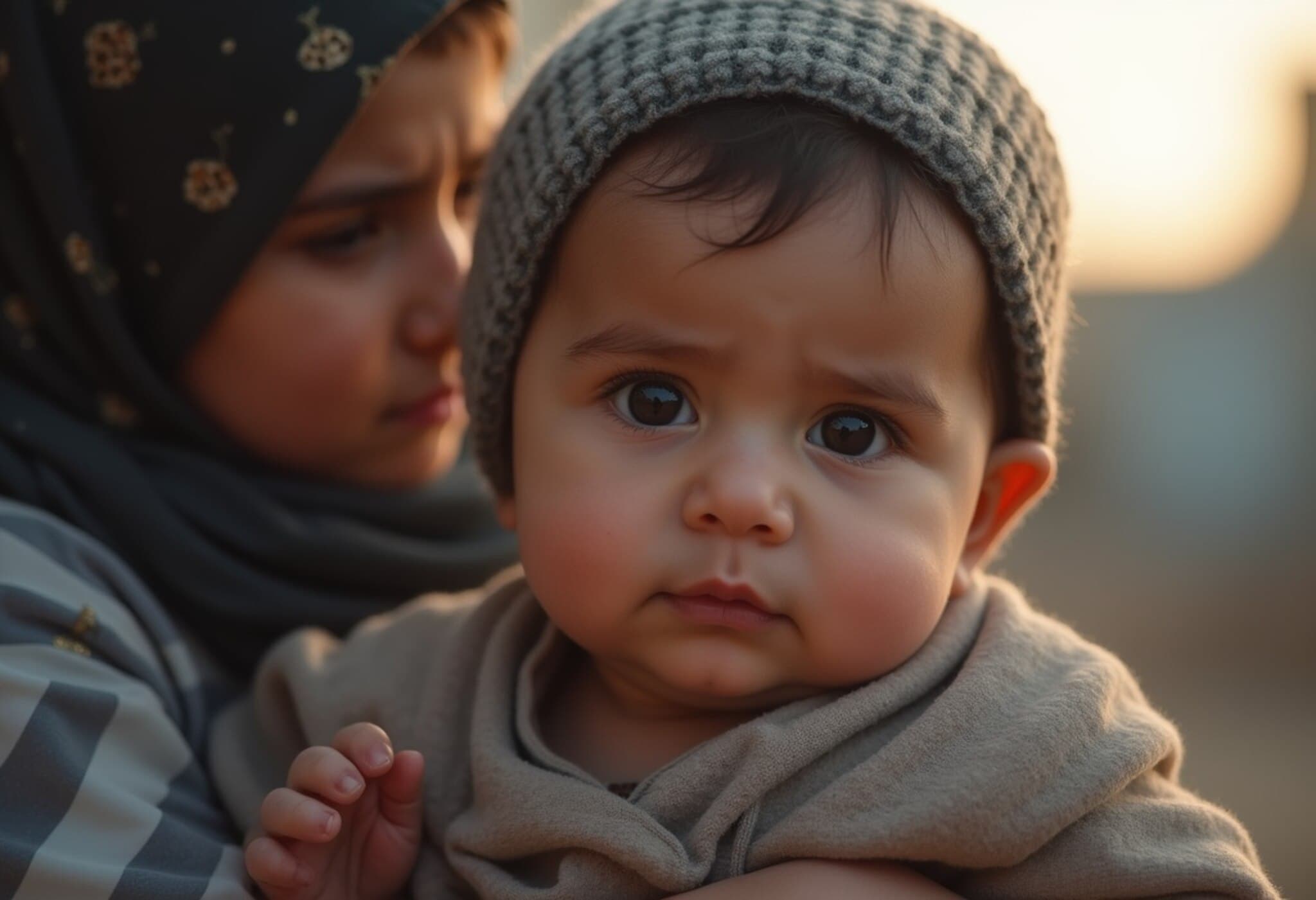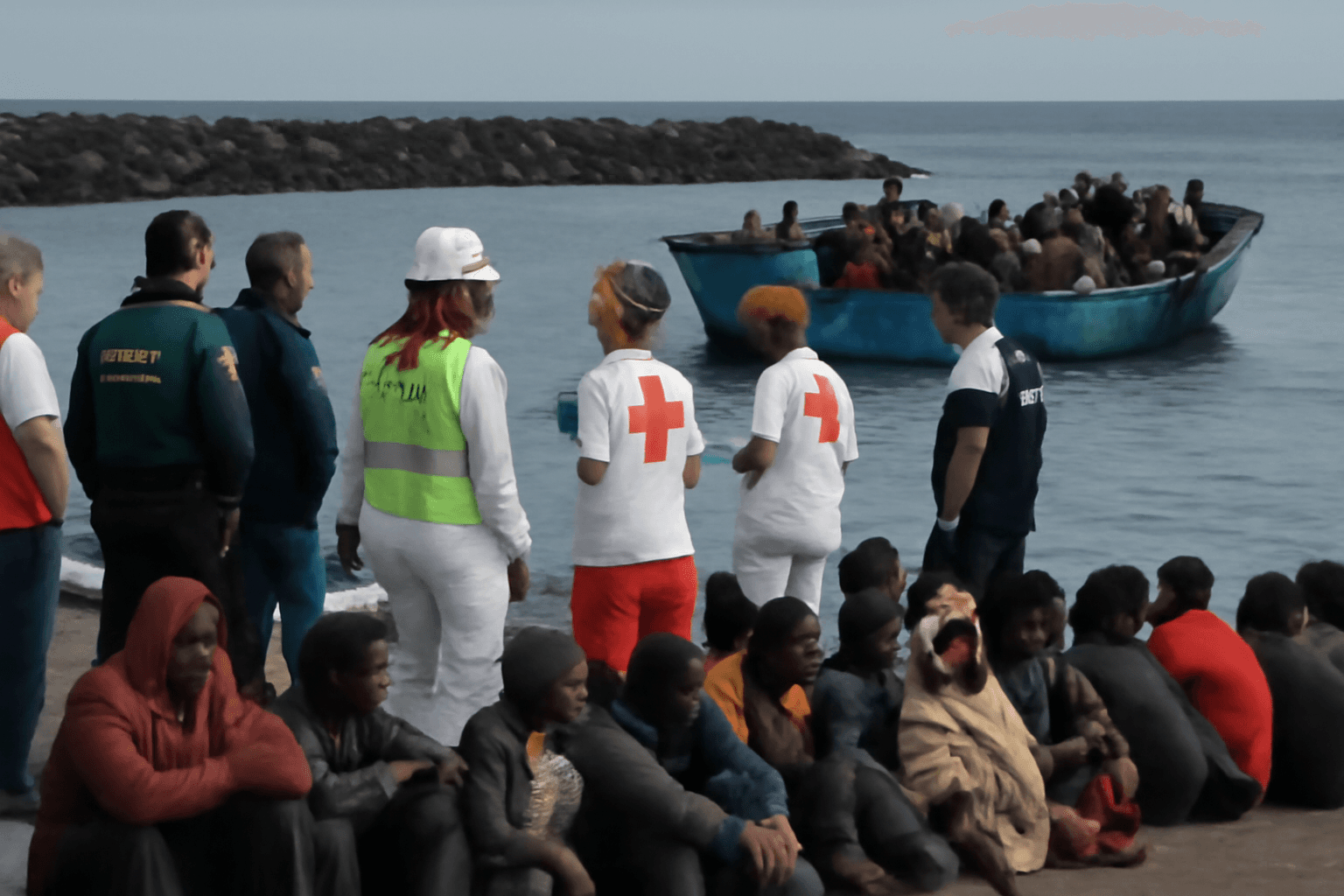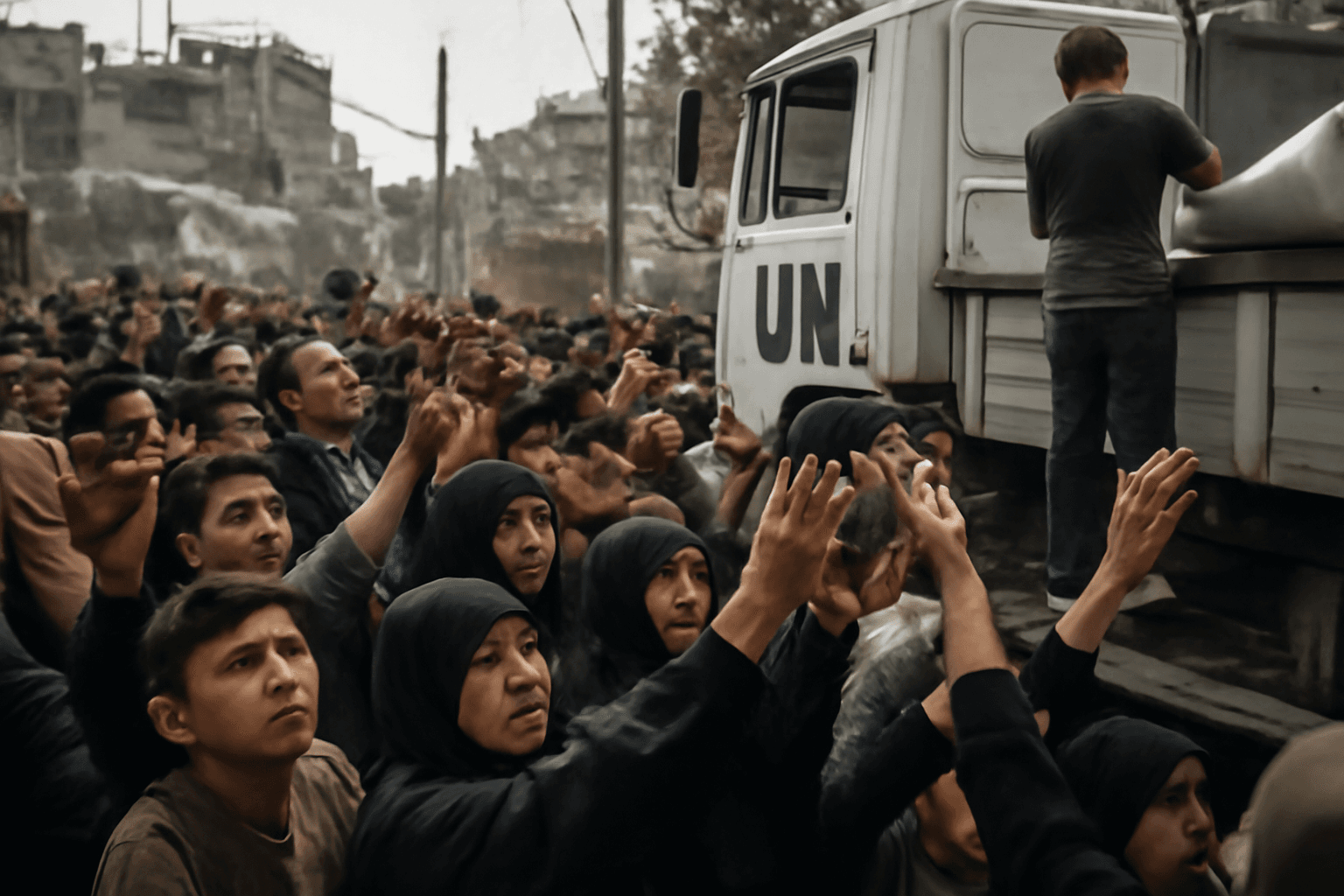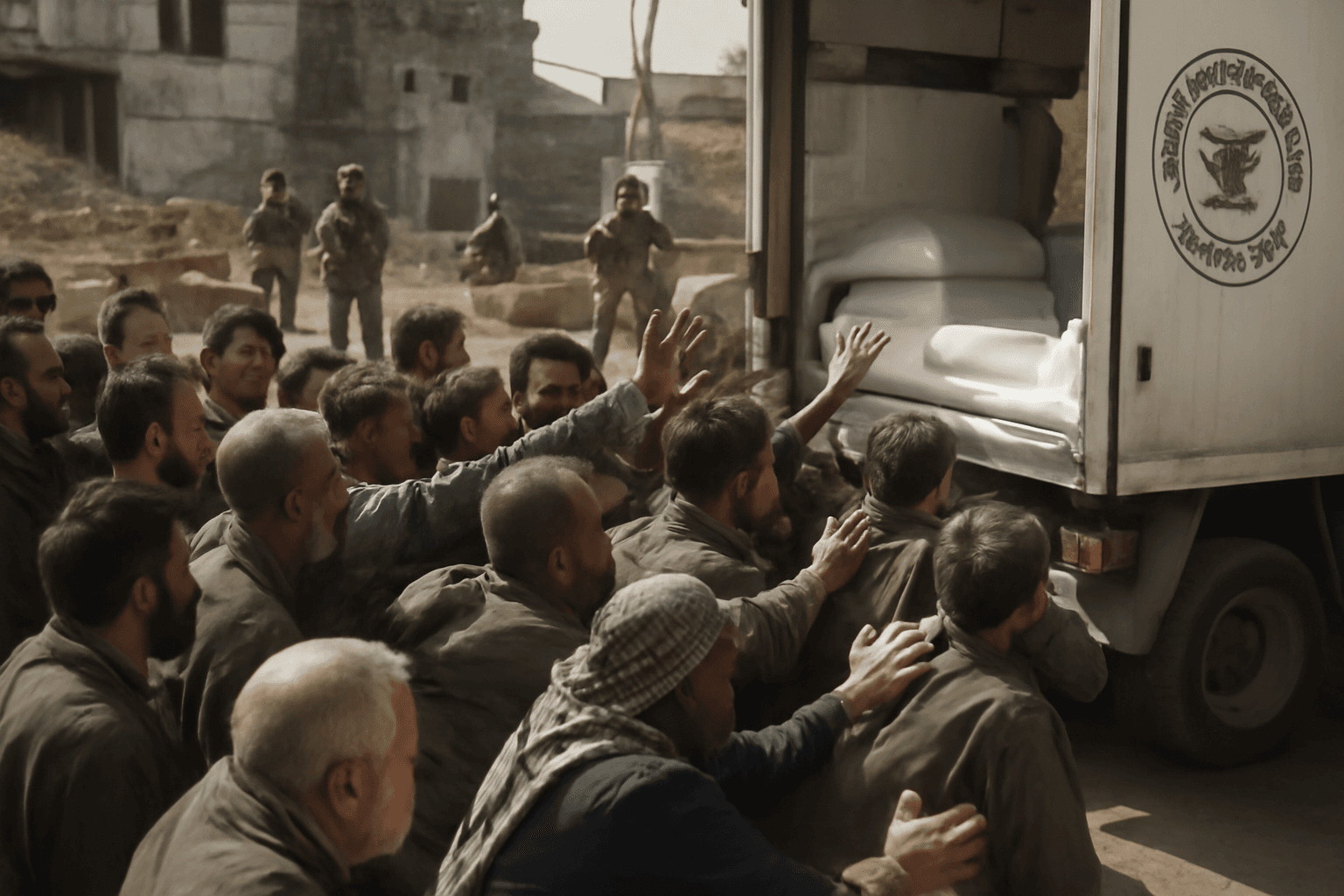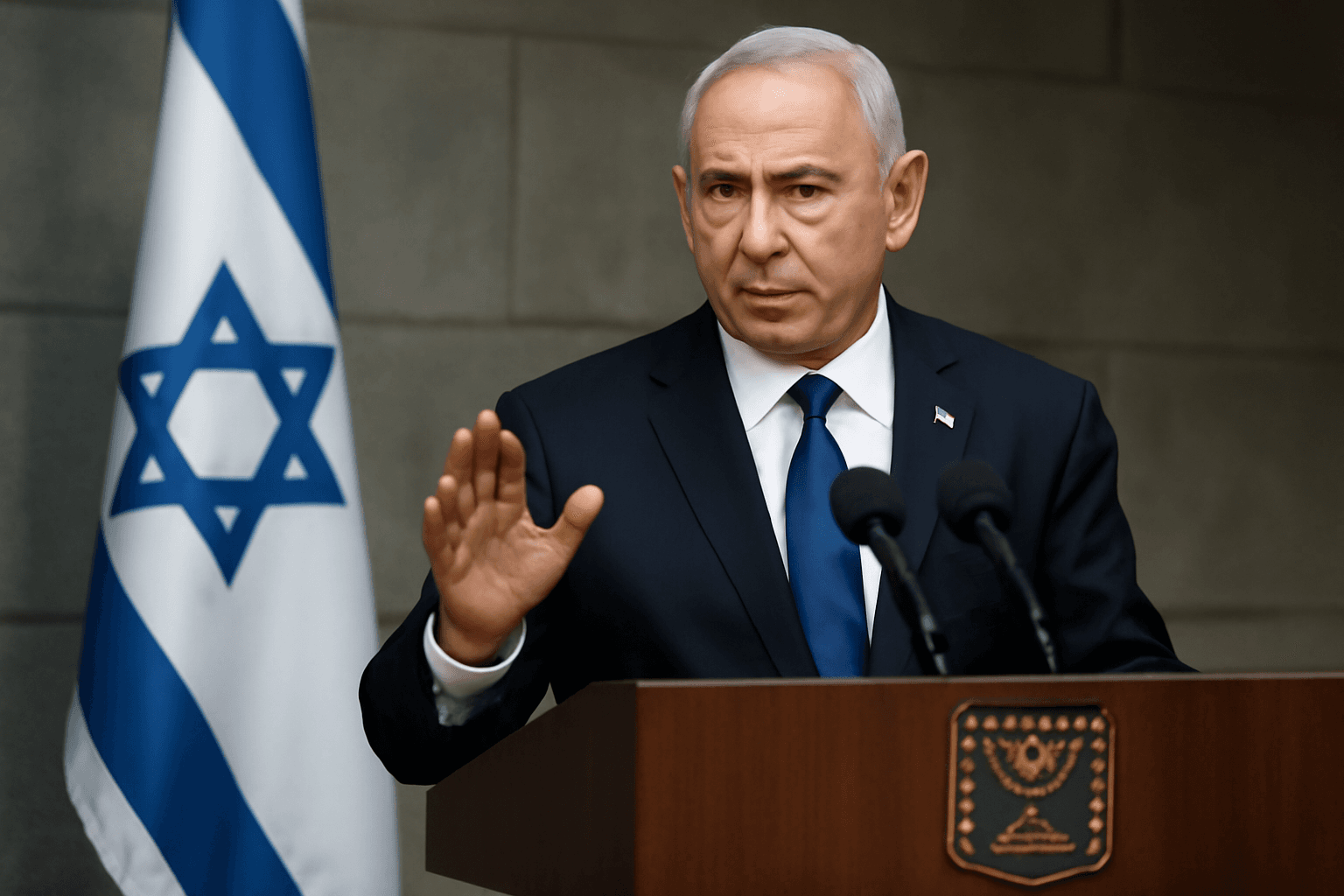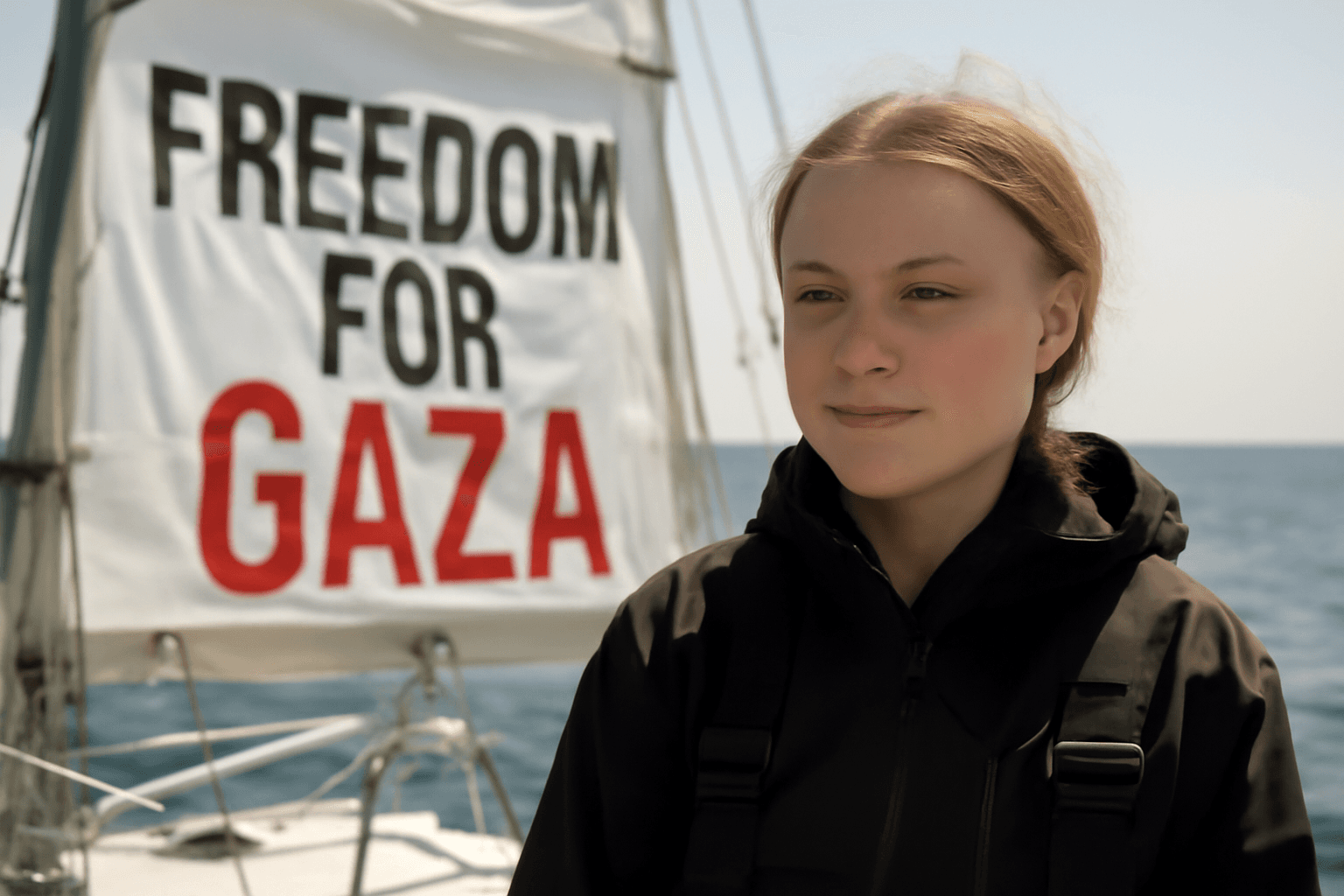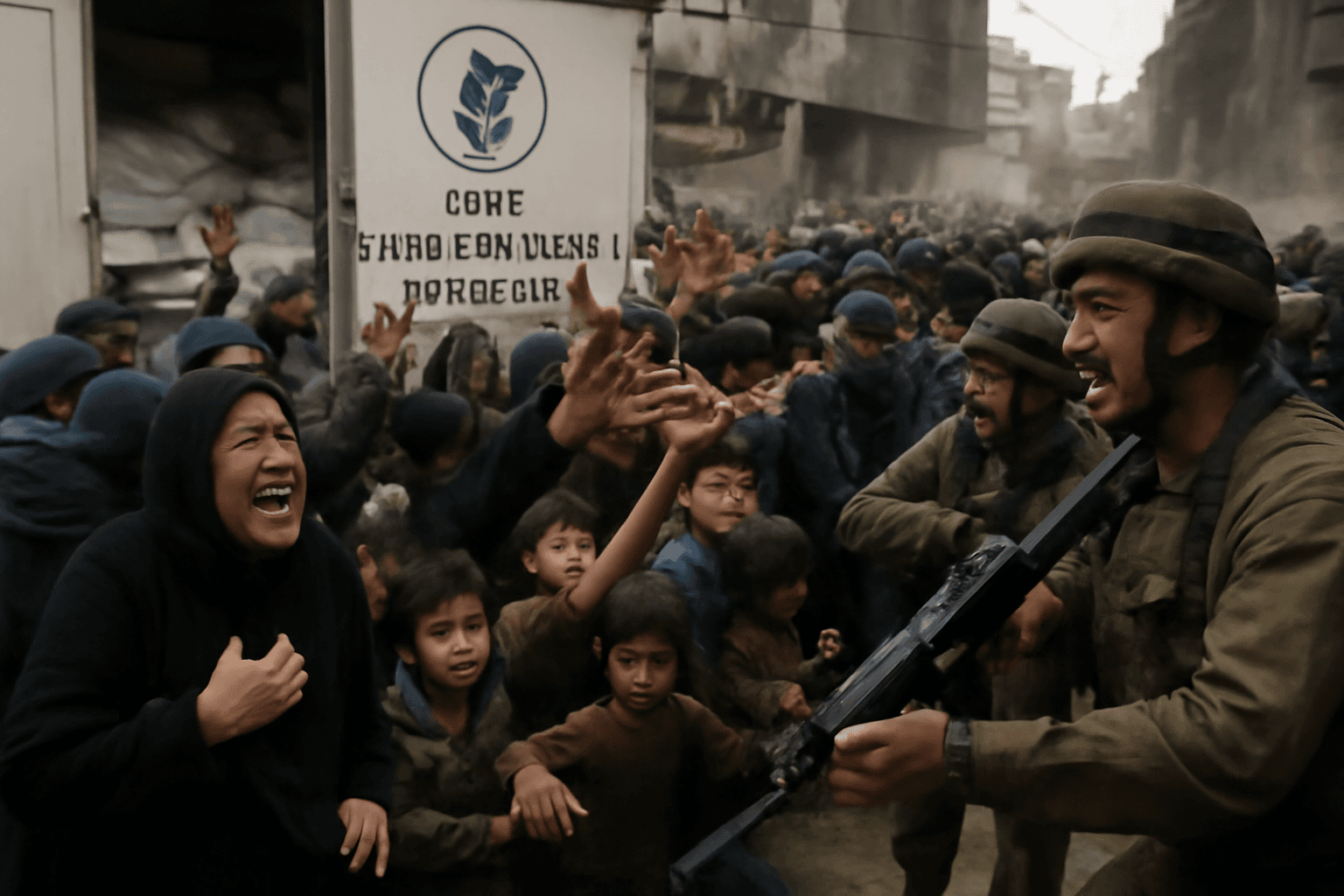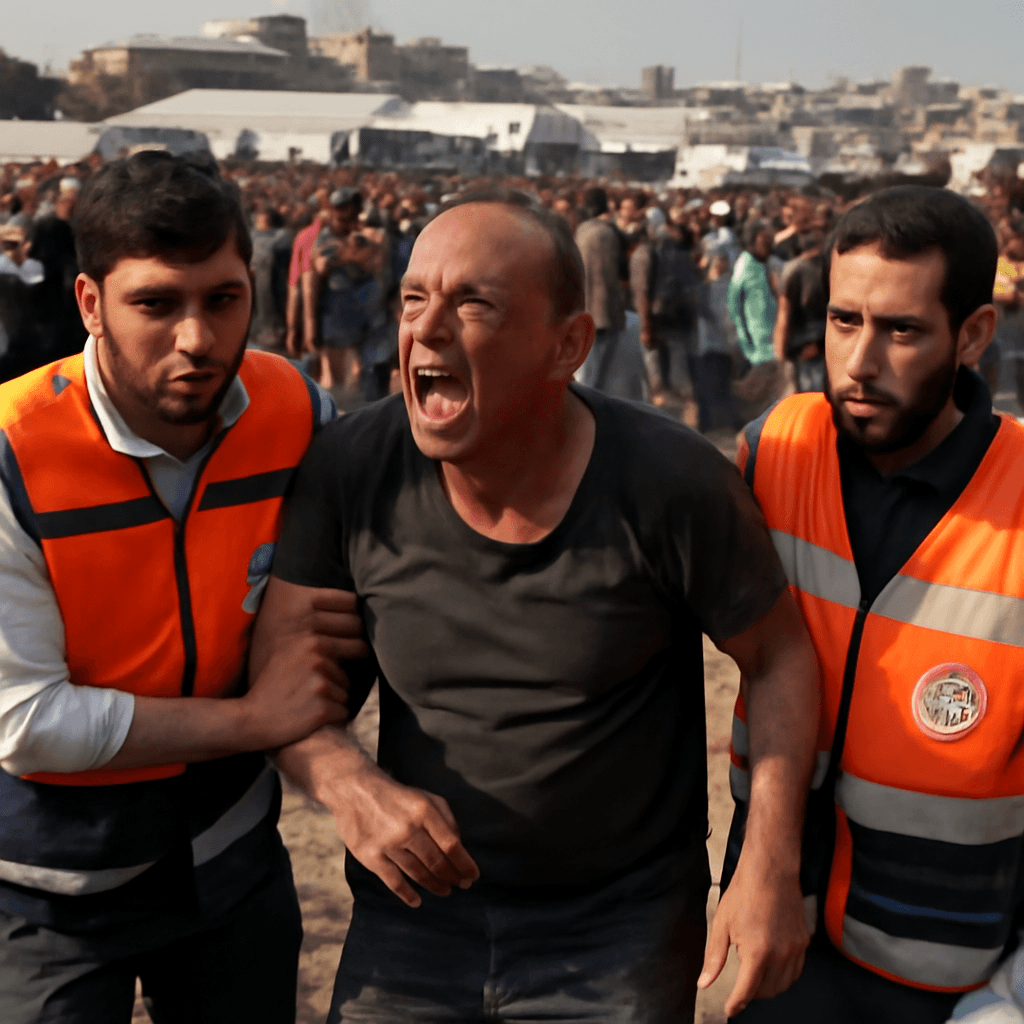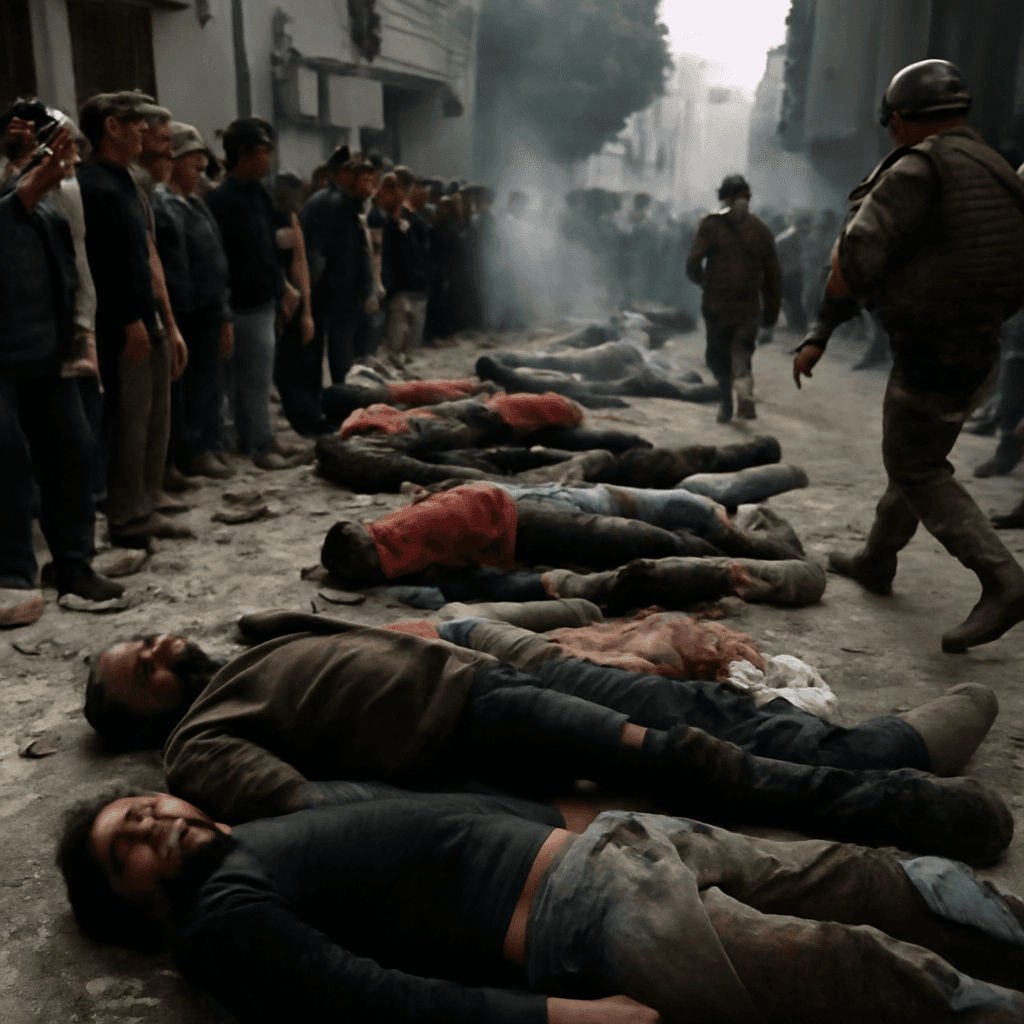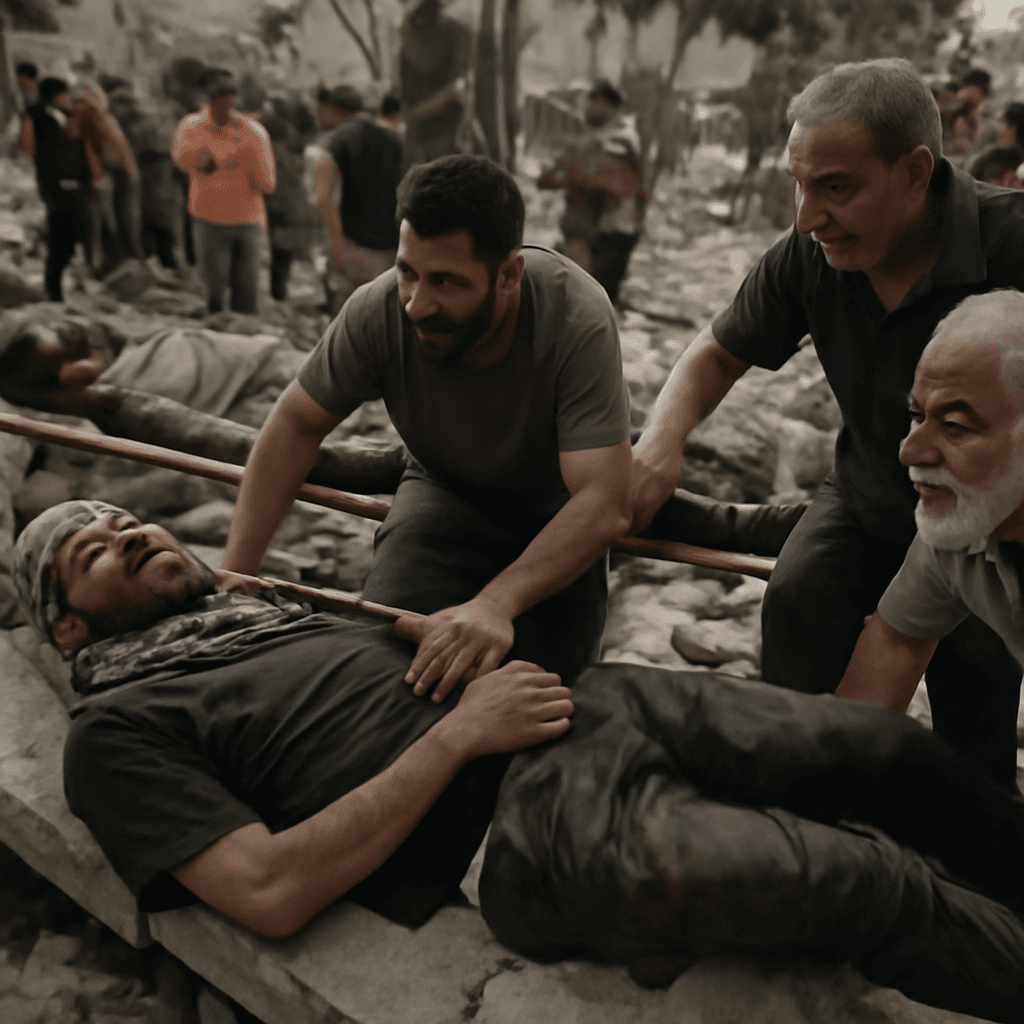UNICEF Footage Unveils Stark Reality of Infant Malnutrition in Gaza
Recent footage released by UNICEF has laid bare a heart-wrenching crisis unfolding in Gaza, where vulnerable infants are suffering from acute malnutrition. The images, capturing the fragile state of these babies, underscore the growing humanitarian emergency amid ongoing conflict and blockade conditions.
Worsening Food Scarcity Fuels a Dire Humanitarian Crisis
Humanitarian organizations have issued urgent warnings about the escalating situation, with many describing it as a looming mass starvation. The persistent blockade, restricted access to essential resources, and disruption of supply chains have severely limited food availability for Gaza’s population, especially harming the most defenseless—children under five.
Medical workers and NGOs on the ground report an alarming surge in cases of severe acute malnutrition. Without immediate intervention, experts fear irreversible damage to a whole generation’s physical and cognitive development.
Unseen Consequences of Protracted Conflict and Blockade
While the world’s attention often gravitates toward geopolitical negotiation tables, the human cost inside Gaza is mounting steadily. The unfolding malnutrition crisis reflects not just a shortage of calories but also inadequate access to micronutrients vital for healthy growth.
This predicament resonates deeply with public health experts who emphasize that malnutrition in infancy has long-term repercussions, including weakened immune systems and increased mortality rates.
Policy Implications and Global Responsibility
The current crisis raises critical policy questions about humanitarian access rights and the international community's role in alleviating civilian suffering during prolonged conflicts. For the United States and other global powers, there is an urgent need to reconcile strategic interests with humanitarian obligations.
Efforts to negotiate safe corridors for food and medical aid into Gaza are more crucial than ever. Sustained international pressure and innovative diplomatic solutions must be employed to prevent this unfolding catastrophe from becoming an entrenched endemic tragedy.
What’s Next? The Path Toward Relief and Recovery
- Immediate humanitarial aid: Scaling up nutritional programs targeting infants and pregnant mothers.
- Facilitating access: Lifting blockades selectively to allow delivery of life-saving supplies.
- Long-term recovery: Developing sustainable food security strategies post-conflict.
- International cooperation: Enhanced coordination between UN bodies, NGOs, and regional stakeholders.
Editor’s Note
The UNICEF footage is not just a somber document but a call to action. As these images circulate globally, they challenge us to confront uncomfortable questions regarding the responsibilities of the international community in protecting children amid geopolitical strife. What measures can reconcile humanitarian imperatives with political complexities? How can we ensure that crises like this no longer claim innocent lives silently?
Understanding the nuanced dimensions of this tragedy requires sustained attention beyond headlines. Stakeholders, policymakers, and citizens alike must advocate for vulnerable populations whose voices are too often drowned out by conflict.

